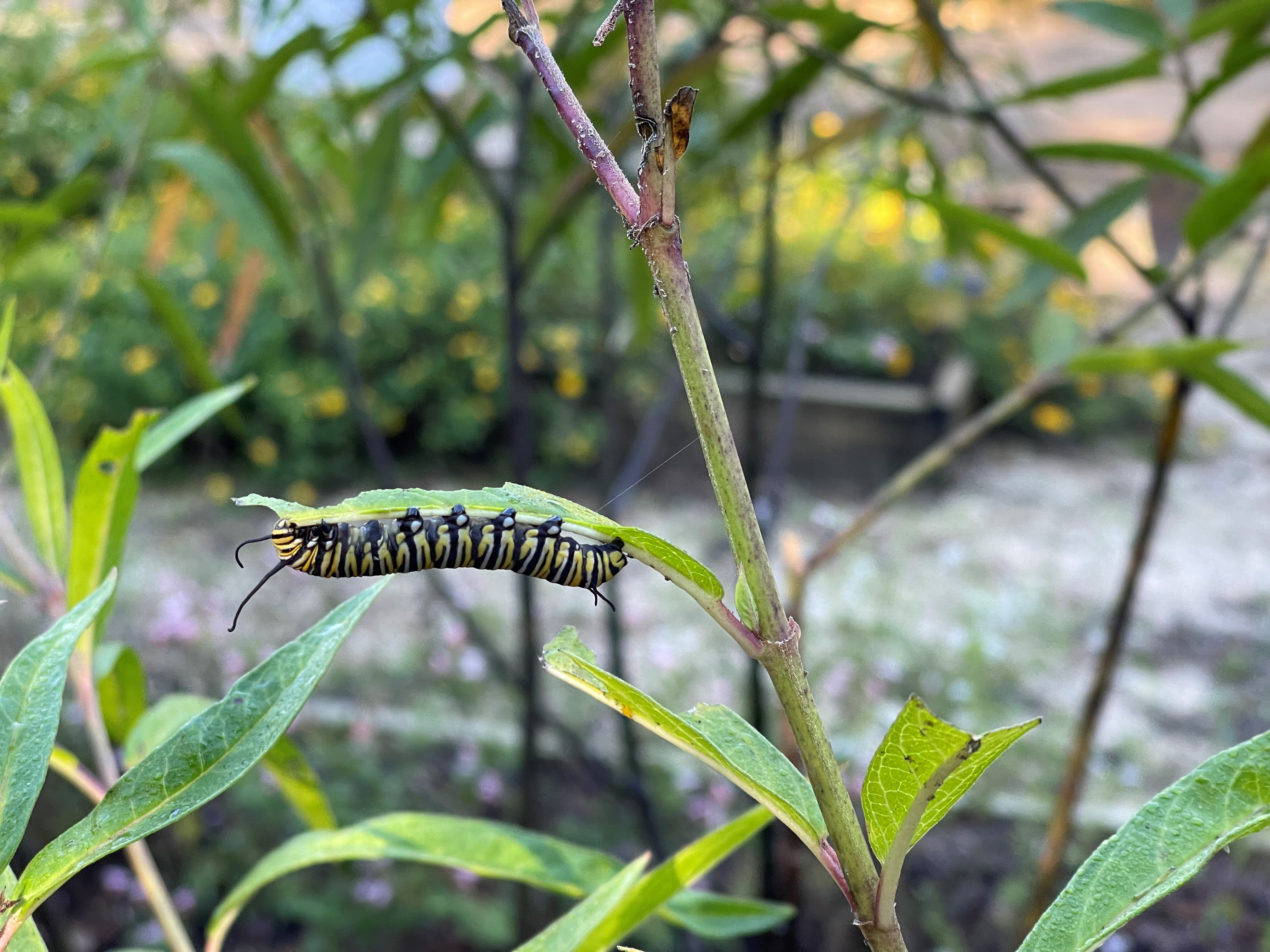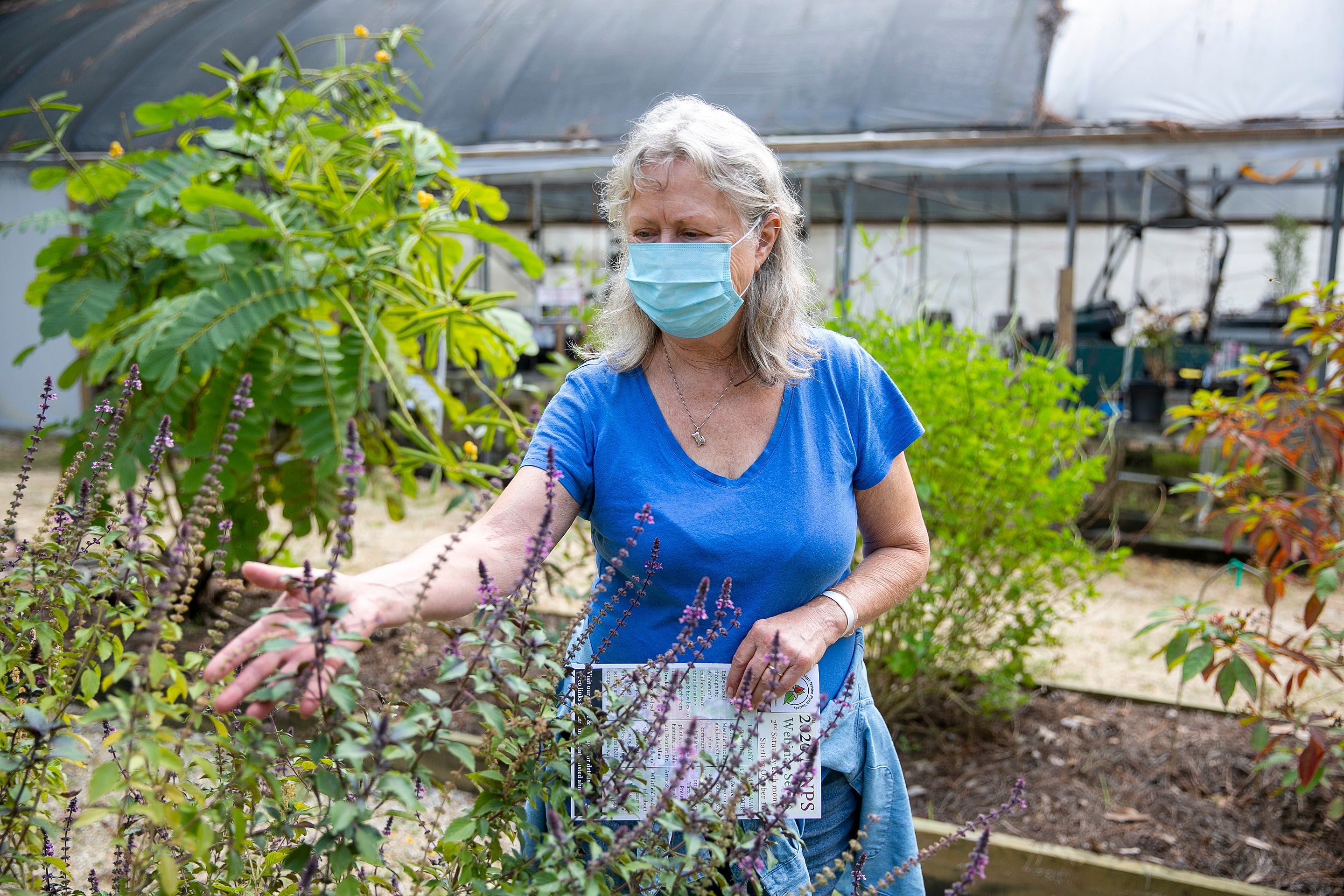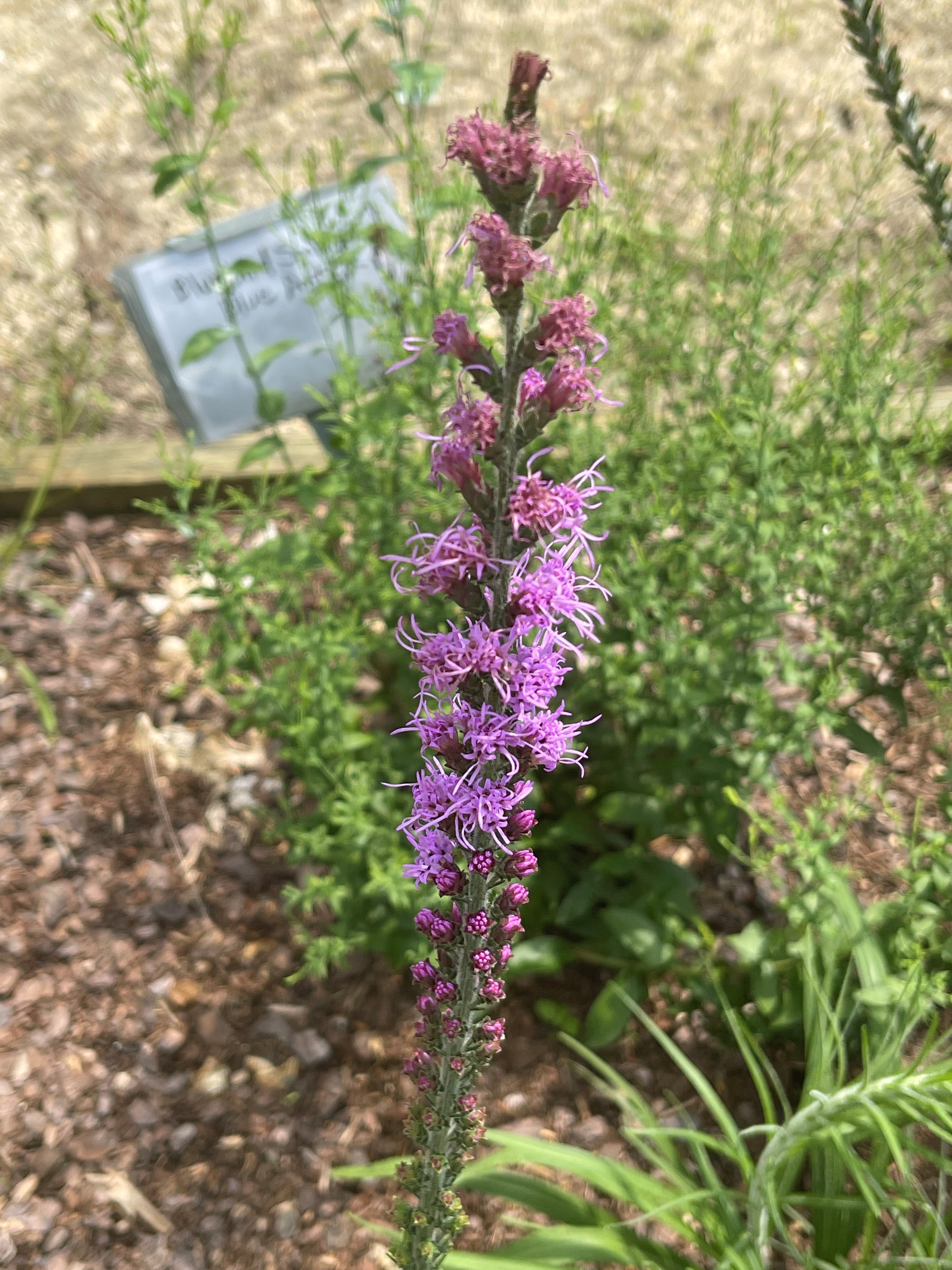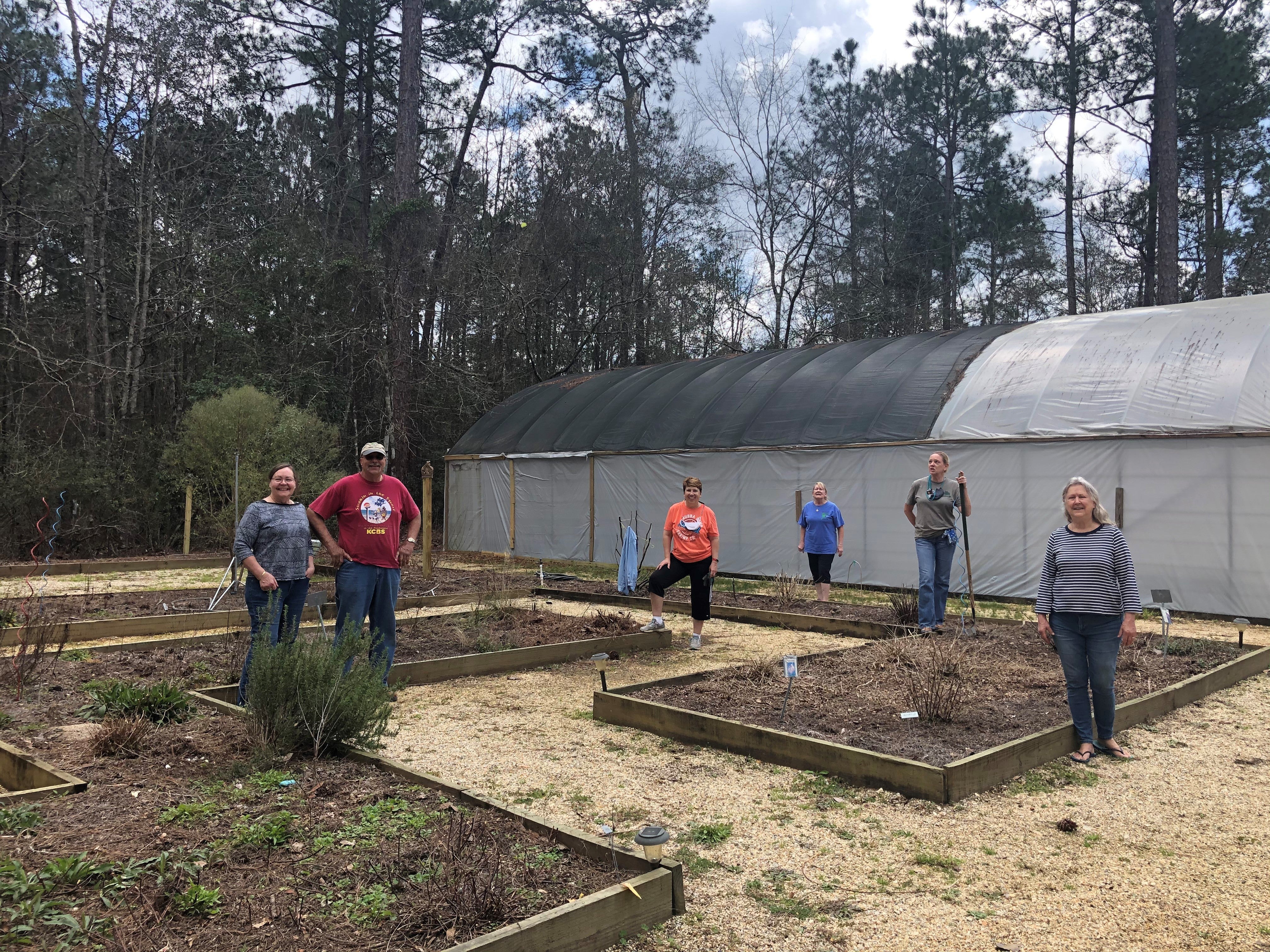Gardens that come alive with movement – creating pollinator gardens
Published 4:32 pm Sunday, September 26, 2021
By Patricia Drackett
Director of the Crosby Arboretum and
assistant extension professor of landscape architecture with the Mississippi State University Extension Service.
At our BugFest celebration this week, one of our stations focused on butterflies, including monarch butterflies and the types of milkweed which are best to attract them. Nearby, our monarch caterpillars were listening, munching happily away in our pollinator garden. Earlier today, I noticed that more and more of the milkweed leaves have been vanishing into thin air, and these rapidly growing caterpillars only seem to stop eating when they have reach the end of a bare stem.
From the signs we have been seeing, one might think that the area is exploding with a bumper crop of monarch caterpillars. Several calls in the past week have been from persons who are worried that the number of caterpillars currently chomping on their milkweed will soon be running out of food. Around this time of year, it is not unusual to hear from concerned gardeners who are hoping their plants will be enough to satisfy their appetites.
Should you find yourself without milkweed to offer your mature monarch caterpillars, they have been known to eat pumpkin, butternut squash, zucchini and interestingly, cucumbers. However, this is only in their last few days of being in the caterpillar stage. You can find lots of images of monarch caterpillars “eating their veggies” and information on this topic, with an Internet search.
If you are finding tiny caterpillars on your plants, hold on for the ride! Be prepared for butterflies to be cavorting around your garden in about a month. But when they do, will they find the food they require in your garden that will sustain them?
While monarchs require their host plant, milkweed, to lay their eggs on so they can consume its leaves, the adult butterflies need to consume nectar from flowering plants. The caterpillar stage of these insects lasts approximately two weeks, and during this time they will pass through five developmental stages called “instars” before they construct their green chrysalises, decorated with shiny gold dots. Right before the adult butterfly emerges, the chrysalis will turn white, then finally clear.
One plant useful to humans as well as bees and other pollinators is basil. Many varieties are available, and all delicious! Late in the summer, the basil plants in our pollinator garden as well as Salvia (sage) species are constantly visited by bees and other pollinators, and sometimes by unusual insects such as hummingbird moths.
Pollinators are still a blazing hot topic. Many organizations exist in the U.S. to educate the public about how to identify and support a variety of pollinators, including providing plants to attract them. The American Public Gardens Association is one of the founding members of the National Pollinator Garden Network (NPGN), a collaboration of garden clubs nationwide. The group has established a One Million Pollinator Garden Challenge (MPGC), a call to the nation to take action through creating gardens and landscapes to support bees, butterflies, and other pollinators.
On the Million Pollinator Garden Challenge Map at http://www.pollinator.org/mpgcmap/ you can find gardens that have registered toward the challenge and enter your own garden on the map!
A presentation during BugFest in the Pollinator Garden by Pearl River Master Gardener Phyllis Goodwin focused on the importance of not only knowing how to identify common Mississippi butterflies but their larval form – what we know as caterpillars. It is not unusual for new gardeners to spend hours cleaning their garden of “horrible caterpillars”, only to learn they have just eliminated a future crop of butterflies. One thing is certain, gardeners who treasure butterflies will never forget such a lesson learned.
Interested in pollinators? Visit the website of the Pollinator Partnership at https://www.pollinator.org/, one of my favorite sites to recommend because of their ecoregional planting guides. These comprehensive documents the list native species that are attractive to the pollinators in your ecoregion. Pearl River County is located in Ecoregion 232, the Outer Coastal Plain Mixed Province. You will learn the various types of pollinators and some fascinating facts, for example, 90% of flowering plants rely on about 200,000 species of animal pollinators for fertilization. And you can thank a pollinator for one out of every three bites of food you eat!
Sign up now for “Common Butterflies to Mississippi and their Host Plants” with Pearl River County Coordinator and Extension Agent Dr. Eddie Smith on Friday, October 16 from 10:00 to 11:00 a.m., free to Arboretum members and $5 for non-members. Reservations required. Please call the office at 601-799-2311 to sign up. The Arboretum is located at 370 Ridge Road, at Exit 4, Picayune, and open Wednesday through Sunday from 8:00 p.m. to 4:30 p.m. For more information see www.crosbyarboretum.msstate.edu<http://www.crosbyarboretum.msstate.edu>.







